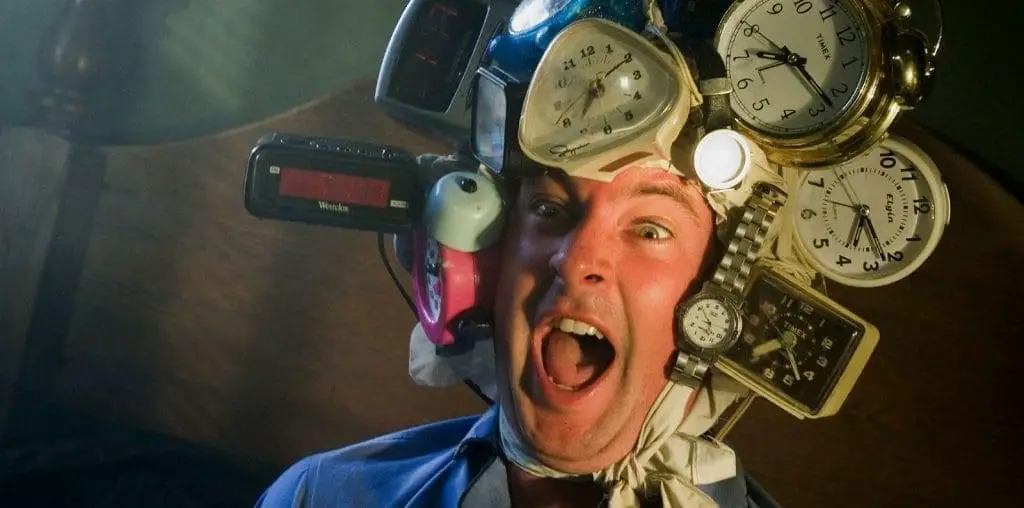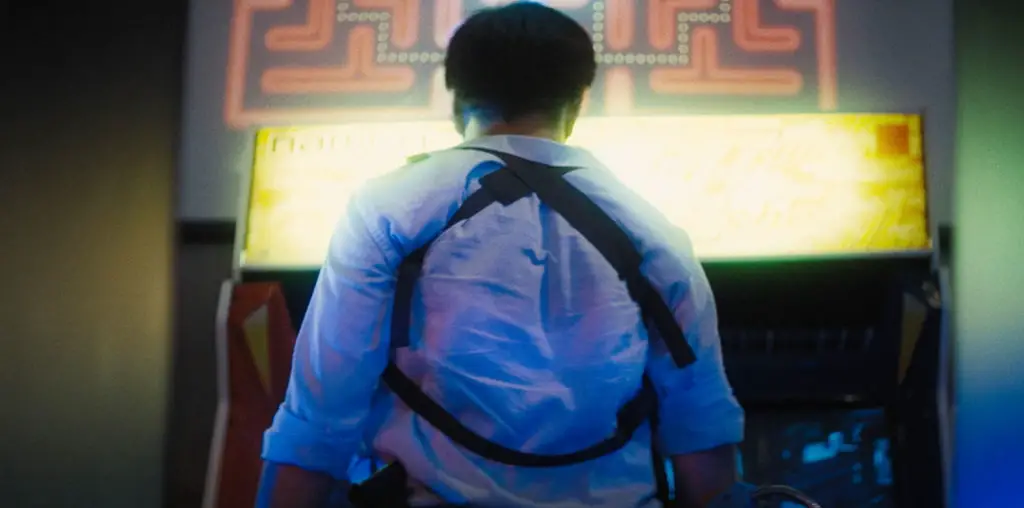
As of this writing, it is 3pm EST on Launch Day for both the Kickstarter and IndieGoGo campaigns, which means it’s been 15 hours since the campaigns went live and word start creeping out about them. At this writing, we’ve raised $61 on IndieGoGo and $75 on Kickstarter. By the time you read this, those numbers should have changed (hopefully). Now, before I talk about the launch, I wanted to connect last column with this one…
When I left off, I had both Kickstarter and IndieGoGo campaigns in their draft status. For IndieGoGo, that just meant I was waiting to “Go Live” with the campaign, and with Kickstarter, it meant I was waiting for something else. To explain:
PAYMENT AND FUNDS
Both Kickstarter and IndieGoGo do things in different ways when it comes to the collecting and processing of funds and donations. So here’s the differences:
INDIEGOGO
Where IndieGoGo is concerned, the system relies on either PayPal or a third-party for fund processing and fulfillment. When it’s PayPal, funds are delivered to you as soon as PayPal processes them, “less processing fees and PayPal fees,” which looks to be about 9% per transaction (IGG states, “If you collect payments via PayPal, you will receive your money immediately, less 9%. You will automatically be sent 5% of your total money raised at the end of your campaign if you meet your goal. If you collect payments via Direct Credit Card, you will receive your money at the end of your campaign, less either 4% or 9% depending on if you meet your goal.”). IndieGoGo does a great job of walking you through the steps of making sure your PayPal account is compatible, and even checks back with you via email, to make sure you’ve set things up correctly:
Before you start campaigning, it is important to ensure everything is setup correctly with your PayPal account.
In summary, the requirements of your PayPal account are:
1) Have an Account Status of “Verified” (*)
2) Have an Account Type of “Premier” or “Business” (**)
3) Ensure your account has $USD enabled (***)
For non-PayPal transactions, by check or credit card, IndieGoGo processes via a third-party service (that I’m unsure of the name of; going to see if I can find that), and those funds are not available, but are instead “Disbursed the Friday following the day your funding campaign concludes, less processing fees and 3rd party transaction fees.” In other words, if you’re one of those people who was thinking of utilizing the IndieGoGo campaign funds as they came in, you’d better make sure those funding are using PayPal, otherwise you have to wait until after the campaign is done. If someone funds via this route, IndieGoGo alerts you and walks you through the steps to connect your bank account for fund deposit. Very straightforward.
KICKSTARTER
With Kickstarter, all payments and funds are processed via Amazon Payment, and you cannot continue with the campaign creation or go live unless you have jumped through all of Amazon’s hoops. For the most part, it’s as simple as setting up an Amazon account like any other… unless you’re me. Since I have a business checking account, I can’t “Verify instantly” at the Amazon website, and had to fax a current bank statement to Amazon. Yes, I had to FAX something, and then wait for Amazon to “verify” the information before I could continue with Kickstarter… which eventually happened. Oh, and since this was asked in the last entry, here’s Kickstarter’s policy on adding money to your own fund:
Don’t pledge to yourself
Credit card rules forbid people from paying themselves. Any pledges made by a project creator to themselves will cause Amazon to cancel a project creator’s Amazon account, making it impossible to receive or remove funds.If you try to create new accounts (either Kickstarter or Amazon) to accomplish this, Amazon will still detect it.
At first I thought that maybe this was to keep the fundraising more pure, but it also probably has something to do with making sure folks aren’t giving themselves “cash advances” by utilizing Amazon’s merchant processing.
REWARDS
Rewards are tricky. I knew I was going to be giving away issues of the new print magazine, and I knew I wanted to make the digital archive of original Film Threat magazine content available on a collectible drive but… what else? Mostly we deal with advertising here on the site, so I can offer that, but that seems to be outside the guidelines of Kickstarter, of “Investment and loan solicitations are forbidden, as are lotteries, raffles, sweepstakes, and coupons/discounts on future goods.” Ad space, as it would be tiered, likely would’ve been structured as a discount on current rates so… it dances close to the line. I eventually went with subscriptions, collectible drive, signed issues and even shirts made-up in the same style as the workshirt I wear at every festival (see pic).

Wearing the workshirt while at different festivals; talking to MC Frontalot on left and reporting while drinking on right
Additionally, reward-wise, you have to be careful. If what you’re offering as a reward costs money to produce, you’re cutting into the fundraising to pay for the rewards to raise funds. I know there’s the whole “spend money to make money” idea, but… how much?
A PITCH VIDEO
Both sites make it a point that campaigns with a pitch video tend to be more successful than ones without. IndieGoGo states that “campaigns with videos raise 122% more money than those without,” and Kickstarter also links to tips to help you create your video. Of the two platforms, however, Kickstarter is the only one that hosts and encodes the videos in-house (meaning you upload to KS, they encode it and create the embed for you). IndieGoGo requires another service, such as YouTube or Vimeo, to host your pitch video. That is one of the reasons, though I had finished a pitch video, I only uploaded it to Kickstarter:
Now, as my wife pointed out, this video has quite a few flaws. As she and I see it:
- Too tight on me.
- Can’t really see the magazines when I talk about them.
- Can’t see the shirt when I talk about it.
- Too long; buries the lede too much.
- Not all that visually interesting.
This is the first go at a pitch video. As the campaign goes on, I intend to change it up, and add a video to IndieGoGo (I’m keeping the video off IGG for now because I’m curious how a couple days without video fund compared to with video). For an example of a pitch video with amazing production value, check out this one:
Quite a bit to live up to, isn’t it? And not a surprise that this project is already at 85% funding, over $50K, with almost a month to go. I mean, it looks like the person who did it knows what they’re doing. My first video looks like what happens when a guy who writes about movies has too much time with After Effects and not enough time recovering from a head cold. Nowhere to go but up.
THE LAUNCH
I wanted to line both campaigns up so that they would end at midnight on June 30, 2011, 50 days away, so I launched everything at midnight EST on May 10 (better known as the morning of May 11, 2011). Despite picking the same date for both campaigns, however, IndieGoGo says I have 51 days to go, Kickstarter says 50… so I messed up somewhere. This was a “soft launch,” in the sense that I didn’t do any promotion for the campaigns until later on in the morning of the 11th, starting around 9am and going from there. This is for a couple reasons:
- The two cities we get the most traffic from are New York City, NY and Los Angeles, CA. Folks on the West Coast usually aren’t paying attention at 9am EST, but East Coasters are. Likewise, around noon/1pm EST, the West Coast comes onboard.
- Even though we launched at what was 9pm PST, and therefore could’ve gotten the night folks on the West Coast, our own traffic stats show that the busiest times for FT are, again, when folks wake up, to when they finish work. Meaning, around 8pm EST / 5pm PST, we’ve already peaked traffic-wise for the day (and these are all very revealing averages, so don’t abuse my honesty too much, please).
- The best time to promote to both coasts at the same time is 1pm EST / 10am PST to 6pm EST / 3pm PST.
As you can see, traffic-wise, it made more sense to promote the following morning, which is what I did, by both my normal tweeting and Facebook sharing of the day’s new content, and via specific tweets and shares with calls for support.
Much to my happiness, the reaction to the campaigns has been positive. The fears I had seemed nothing more than that: fear. Already, the support is showing and I’m feeling very good about both campaigns… but there’s a lot more to go.
Tomorrow I’ll talk about tracking the different campaigns, and talk about the different metrics the platforms use, as well as a few things I had to do to make tracking shares and tweets easier. I’d share it here, but I feel like that’d be overload for now. Thanks for reading, more to come.


I only learned about Kickstarter (and the like) a couple of months ago when friends started using it. How I wish we had something like this when we were trying to fund a feature 6 years ago. Maybe we actually would have been able to make the thing.